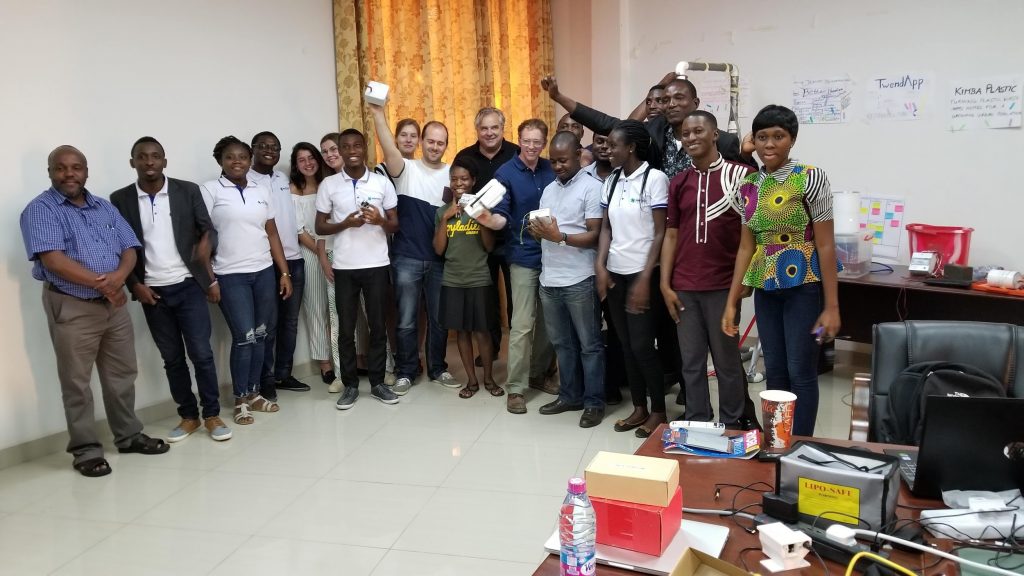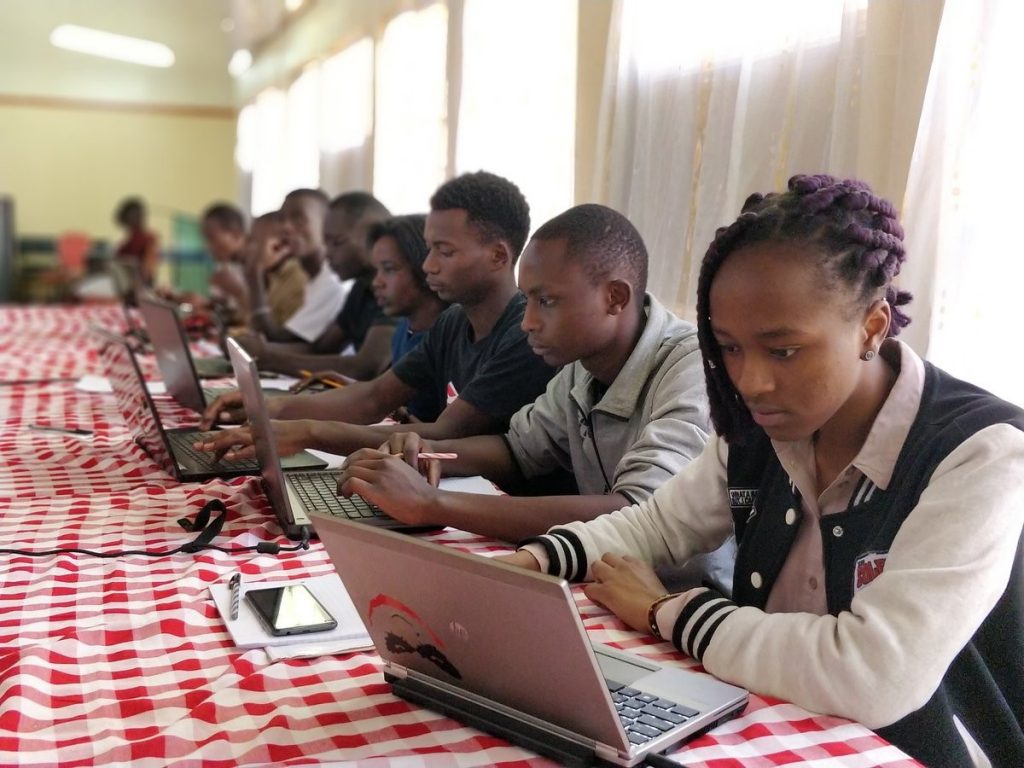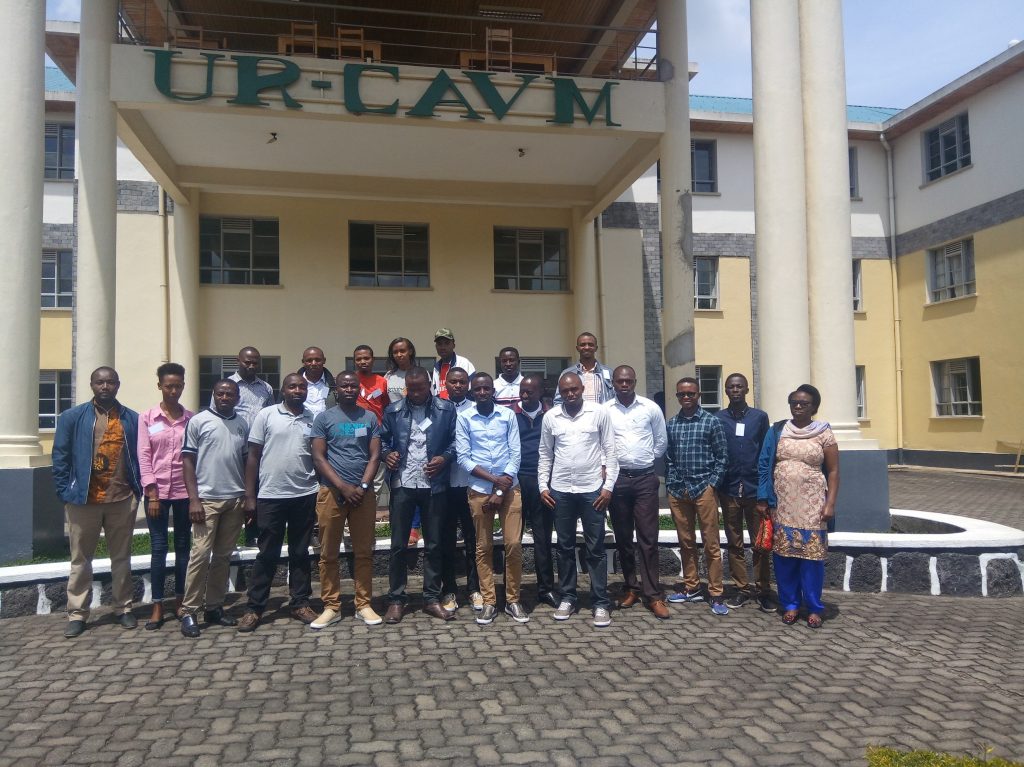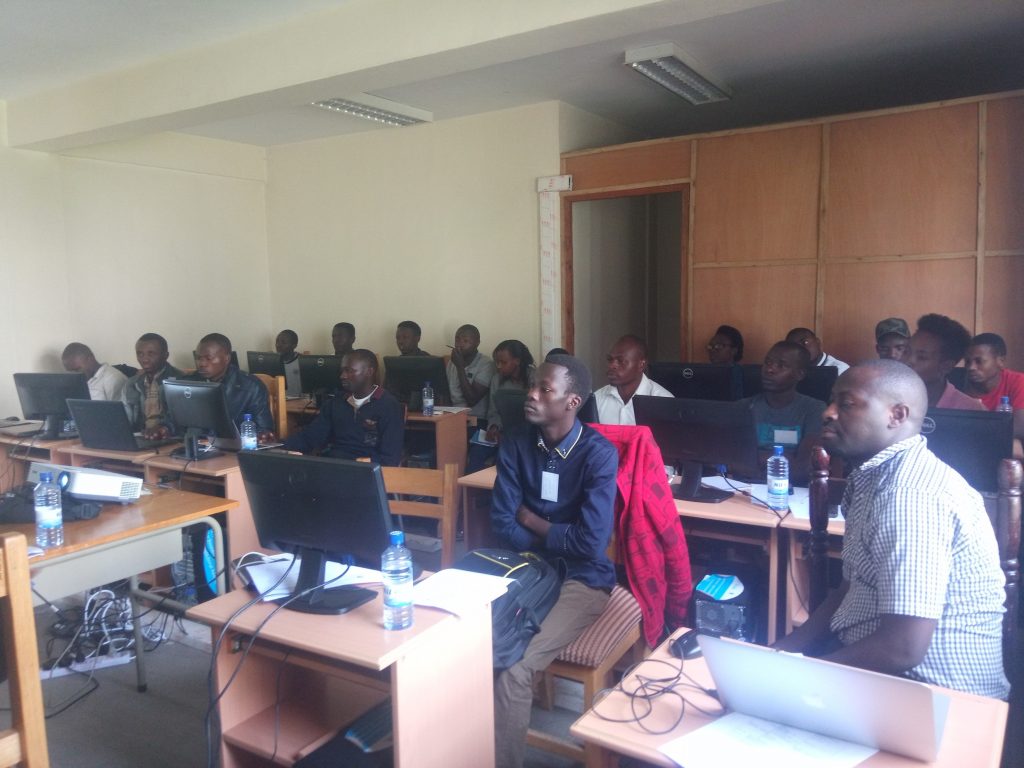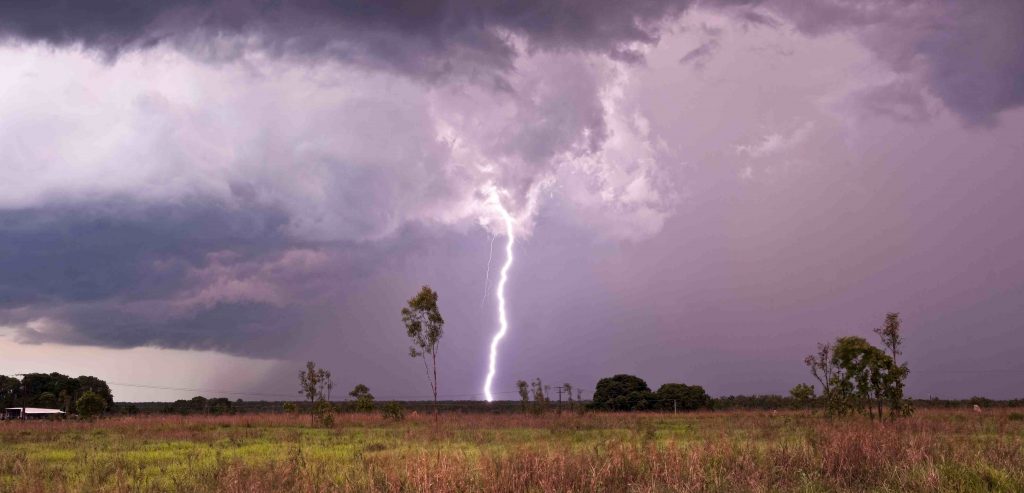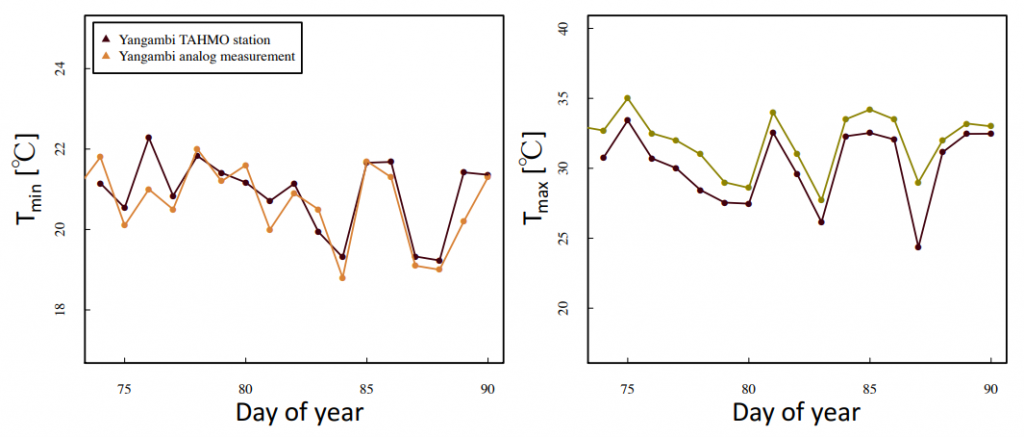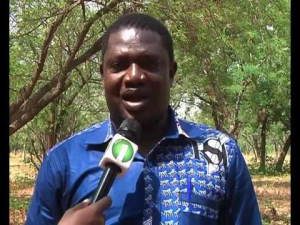The TWIGA Kumasi Hardware Hackathon
**Written by Nick van de Giesen
TAHMO has been working with the TWIGA project since the start of 2018. An important output of the TWIGA project will be new geo-services (twenty!) based on the application of innovative sensors. In order to speed up the development of these services, a Hackathon was organized from 19 through 23 November 2018 at the Kwame Nkrumah University of Science and Technology in Kumasi Ghana. The objective was to build complete value chains, from observation to internet storage to service delivery. We aimed high on purpose to see what can and cannot be done in such a short time. The results are very promising! Continue reading on the TWIGA website…
